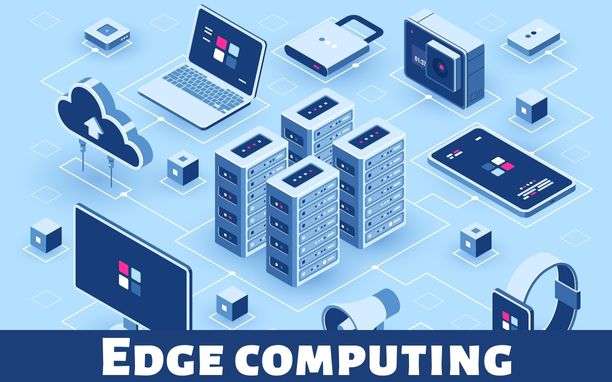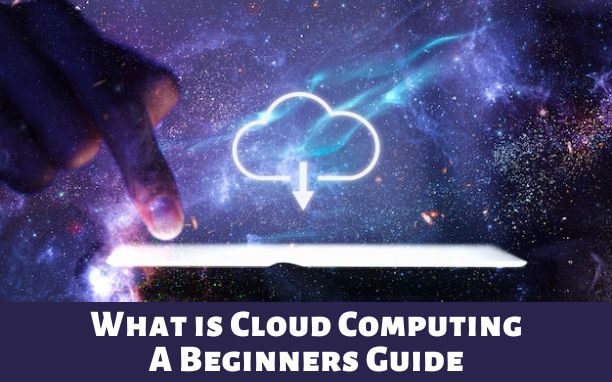The edge computing of the Internet is where data collection and processing are most likely to happen. As the cost of computing drops rapidly, cloud services are increasingly attractive alternatives to traditional on-premises solutions. You can build a computer network that works together to offer a single computing power or service, or you can take advantage of the network’s computational and storage capacity while focusing on the software and services that run on top.
Edge computing is a new approach to managing computing resources in an internet-connected world. It’s happening. A new model for computing is emerging. Edge computing is the practice of building cloud-based software and services directly at the edge of the network, closer to the user. In other words, you’re going to run your entire IT environment off devices that are physically located at the very perimeter of your organization’s network.
Why do this?
Because in the world of software and services, location matters. It will allow you to get much closer to the people who need your applications and services. This will be particularly important as the Internet of Things (IoT) expands and becomes the primary method of communication in many industries and sectors.
Edge computing allows you to provide services and content much closer to the people who use them, thus eliminating latency. It’s also a much more efficient, cost-effective approach than building the same applications and services in the cloud, which requires large amounts of infrastructure and bandwidth.
What is Edge Computing?
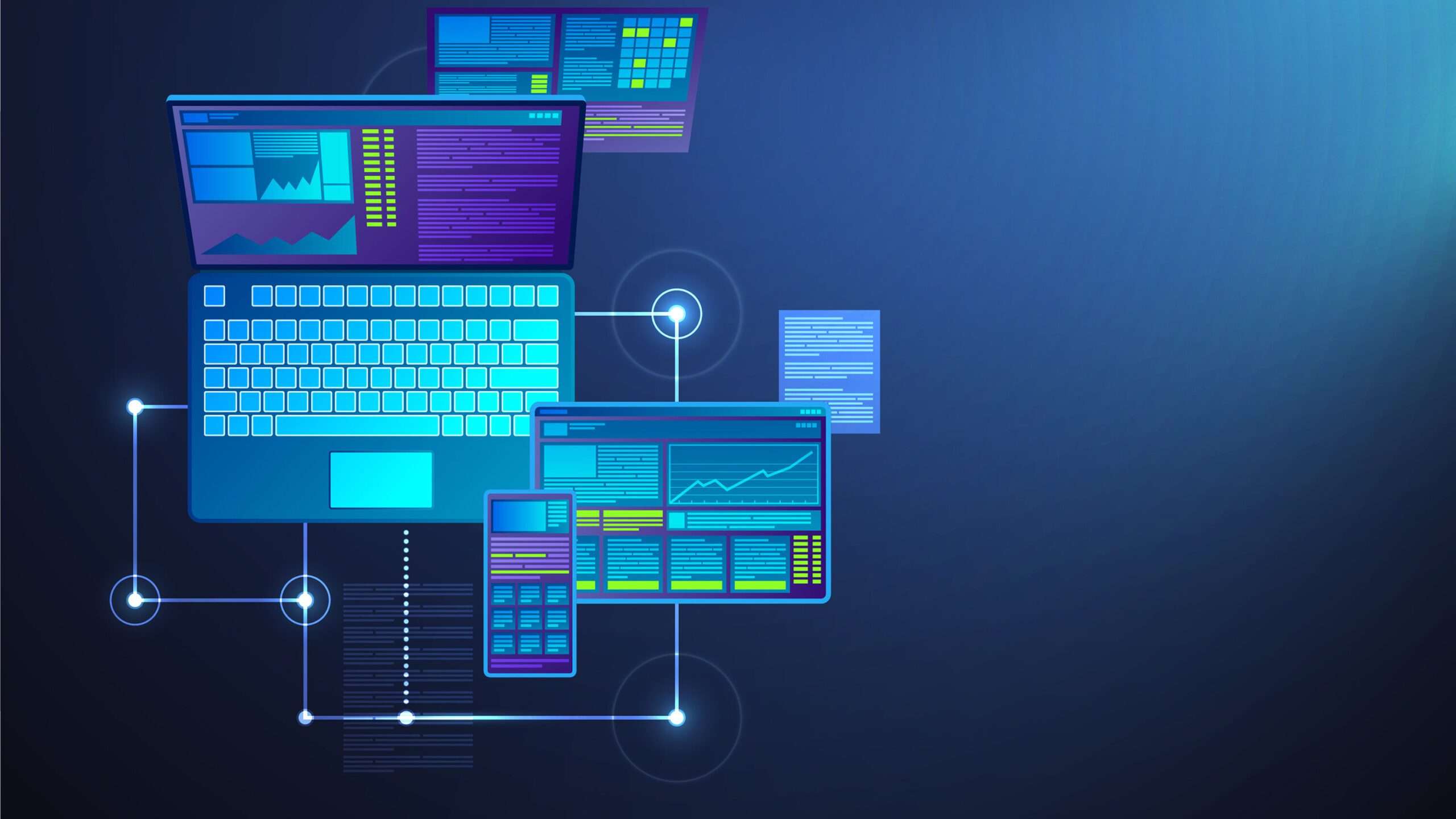
Intel’s Doug Carmen said, “Edge computing is the intersection of IoT, cloud computing, mobile computing, social networking, big data, analytics, and artificial intelligence.” It is an emerging technology that combines artificial intelligence with the Internet of Things to create an intelligent cloud that’s right at the edge of our connected world.
Edge computing, or cloud computing at the edge of the network, is the practice of keeping data close to where it is used. This is done by moving the data processing to devices closer to the end user (i.e. on the device itself) rather than sending the data to the cloud for processing. This approach is ideal for certain use cases where a user may not have an internet connection or other network connectivity and therefore cannot rely on the cloud. Instead, the data is processed locally, and the user experience is maintained.
How Does Edge Computing Work?
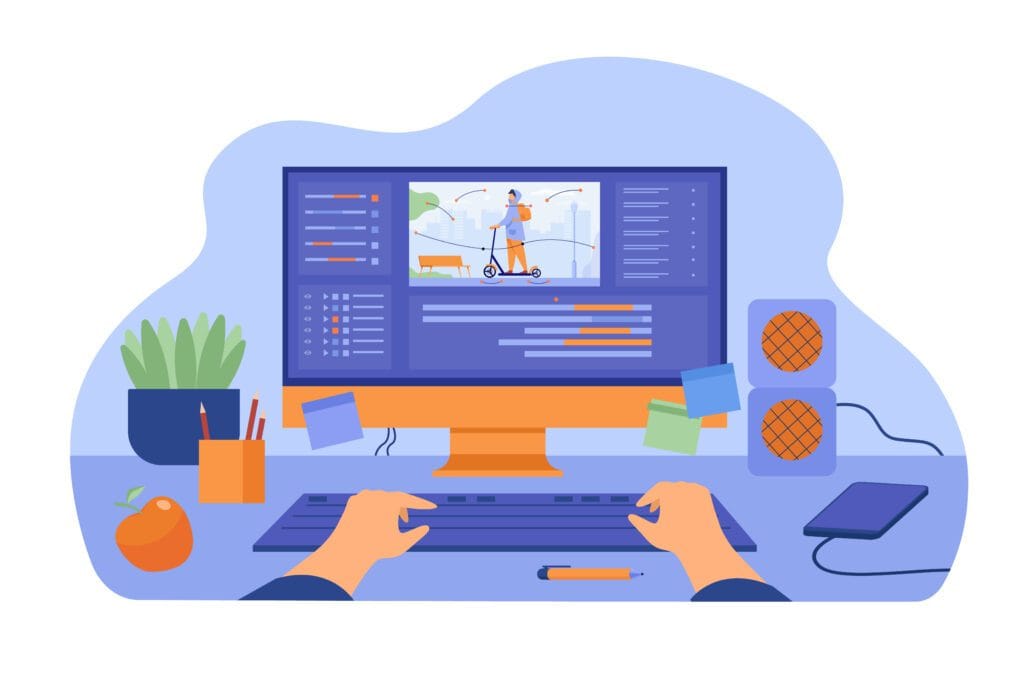
A cloud-computing model, Edge Computing allows data processing, storage, and management to be performed close to where the data is stored. This type of computing makes possible a “network in a box” approach to computation and storage
Edge computing involves the aggregation of data and tasks from IoT devices, which are scattered across the Internet, and uses artificial intelligence (AI) algorithms to perform operations that usually require processing power and computing resources. Edge computing enables real-time monitoring of the environment, including temperature, light, sound, location, movement, and vibration. Data can be sent to cloud servers if necessary or can be sent directly to devices such as smartphones, tablets, and laptops.
Why Edge Computing is Essential?
Today, everyone wants their computers to run faster and run for longer, but we need to be careful not to overuse our devices. As technology advances, we need to adapt our strategies accordingly. This is where edge computing comes in. Traditional computing involves servers that are centrally located in data centers. These servers are expensive to maintain and operate, so as technology changes, companies like Google are moving toward edge computing.
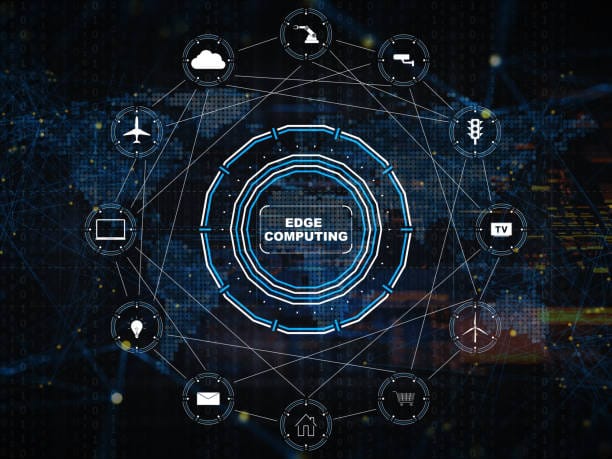
Edge computing, on the other hand, places computers closer to the source of information, allowing them to receive and process data more quickly. Edge computing is more capable of quickly processing and retrieving it than traditional cloud computing. It allows for quicker and easier analysis of data to provide relevant and useful information.
Here are some reasons why it is a crucial element of today’s digital infrastructure:
1) Edge computing provides the highest quality experience for the end user.
2) Edge computing frees up network resources for others.
3) Edge computing enables IoT and 5G to happen.
4) Edge computing makes mobile data more secure and reliable.
5) Edge computing is critical to smart cities and cities of the future.
What are the Benefits of Edge Computing?
Edge computing gives us the best of both worlds: fast, powerful, and convenient internet access while having the flexibility to adapt and respond to changes in network conditions. This approach is particularly well suited to large networks, such as enterprise data centers. However, it can be used for a single office or even a single user in an office with a variety of devices. Edge computing offers the opportunity for companies to adopt IoT devices and processes without the need to invest in a network infrastructure that could become obsolete or difficult to maintain.
FAQs
What is the main definition of Edge Computing?
Edge Computing is a new technology that aims to solve the following problems faced by Cloud Computing:
– Data protection (Data leakage)
– Inadequate storage capacity
– Inefficient data transmission
– High power consumption
What is Edge Computing used for?
Edge computing is a technique that allows cloud services to be run on local devices or computers. It can allow companies to create small cloud services on mobile devices, such as smartphones and tablets. It also can allow developers to build applications that work on the edges of mobile networks. Edge computing allows devices to connect to the internet wirelessly and work with the cloud
What are the examples of Edge Computing?
An example of edge computing is when a user accesses information online through an app and the app receives and processes the data through the cloud.
Another example is that I need to know my location. I will send this request to a server that has the information about my location. This is edge computing.
Some other examples are:
Examples of Edge Computing are:
1. Mobile phone network (3G/4G)
2. Smartwatch (i.e., Apple Watch)
3. IoT devices (e.g., smart refrigerator, smart thermostat)
4. Virtualized compute cloud platform
5. Internet of Things (IoT)
Are Edge Computing and IoT the same?
No. They are not. But we can see edge computing in IoT. Edge computing is done on the edge of a network. The cloud is far from the user. It is on the edge. You don’t need to build data centers. It is done at the edge of the network.
What are the types of Edge Computing?
There are four types of Edge computing as follows:
1) On-Premises Edge Computing
2) Cloud Edge Computing
3) Hybrid Edge Computing
4) Decentralized Edge Computing

